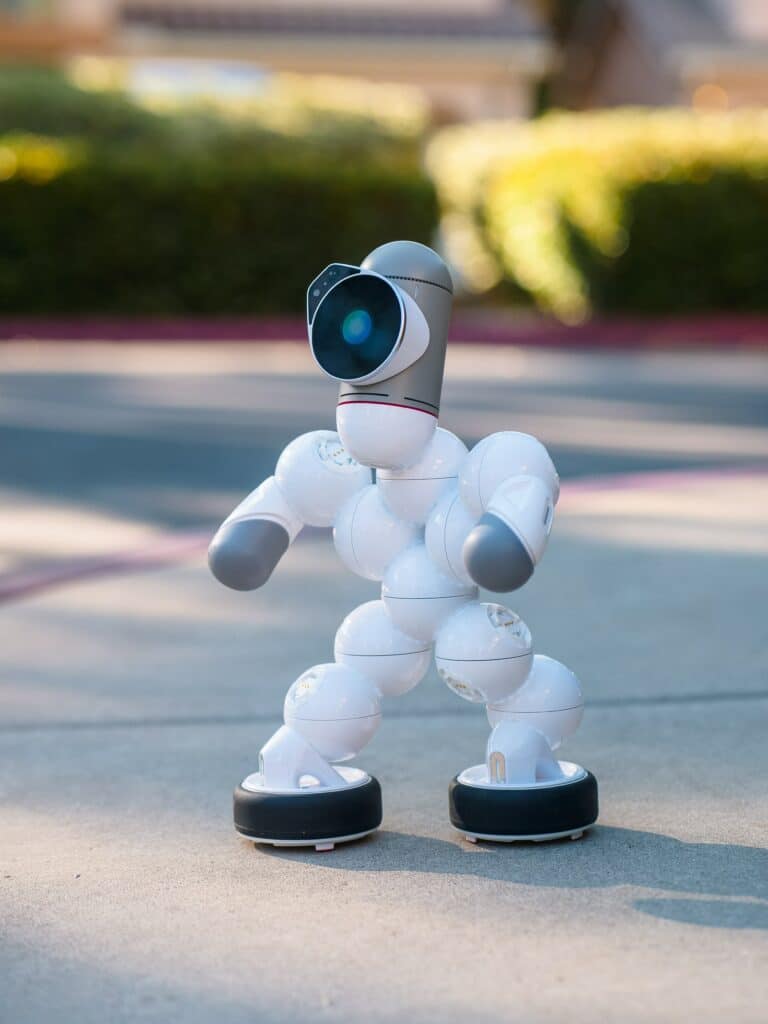Artificial Intelligence (AI) and Machine Learning (ML) are two terms that are frequently used interchangeably. However, there are distinct differences between the two, and understanding these differences is essential to fully grasp the capabilities of each technology.
In this article, we’ll explore the differences between AI and ML and discuss why these distinctions matter. We’ll also provide real-world examples of each technology to illustrate their unique applications.
Artificial Intelligence vs Machine Learning: What’s the Difference?
At its core, AI is the ability of machines to perform tasks that typically require human intelligence. This includes tasks such as recognizing speech, making decisions, and understanding natural language.
Machine Learning, on the other hand, is a specific subset of AI that involves training machines to learn from data, without being explicitly programmed. Machine learning algorithms use statistical analysis to identify patterns in data and adjust their models accordingly.
While Machine Learning is a key component of AI, it isn’t the only one. AI encompasses a broad range of technologies, including natural language processing, robotics, and cognitive computing.

One of the key differences between the two is the scope of their applications. AI is a much broader field that encompasses a variety of technologies, including natural language processing, robotics, and cognitive computing, while Machine Learning is a specific subset of AI that focuses on training machines to learn from data.
Another difference is the way in which they operate. AI systems are typically designed to perform specific tasks, such as recognizing speech or making decisions, while Machine Learning algorithms are designed to identify patterns in data and adjust their models accordingly.
Additionally, the types of data used by AI and Machine Learning systems differ. AI systems often rely on pre-programmed rules and algorithms to perform tasks, while Machine Learning algorithms use statistical analysis to identify patterns in data and adjust their models accordingly.
While there is some overlap between the two, understanding these differences is important because it helps to clarify the capabilities of each technology. By understanding the unique applications of AI and Machine Learning, we can better appreciate their potential impact on society and the ways in which they can be used to solve complex problems and drive innovation.
Why the Differences Matter
Understanding the differences between AI and Machine Learning is important because it helps to clarify the capabilities of each technology. For example, while both AI and Machine Learning can be used for speech recognition, Machine Learning is specifically designed for pattern recognition and optimization. AI, on the other hand, can encompass a much broader range of technologies, including robotics and natural language processing.
Real-World Examples
To illustrate the differences between AI and Machine Learning, let’s look at some real-world examples.
Artificial Intelligence:
- IBM’s Watson: This cognitive computing system can understand natural language and answer complex questions.
- Sophia the Robot: This robot uses AI to simulate human-like facial expressions and hold conversations.

Machine Learning:
- Netflix Recommendations: Netflix uses Machine Learning algorithms to personalize recommendations for each user based on their viewing history.
- Image Recognition: Machine Learning algorithms can be used to identify specific objects or features within images, such as faces or text
While AI and Machine Learning are often used interchangeably, there are distinct differences between the two. Understanding these differences is important because it helps to clarify the capabilities of each technology. AI encompasses a broad range of technologies, while Machine Learning is a specific subset of AI that involves training machines to learn from data. By understanding these differences, we can better appreciate the unique applications of each technology and their potential impact on society.

